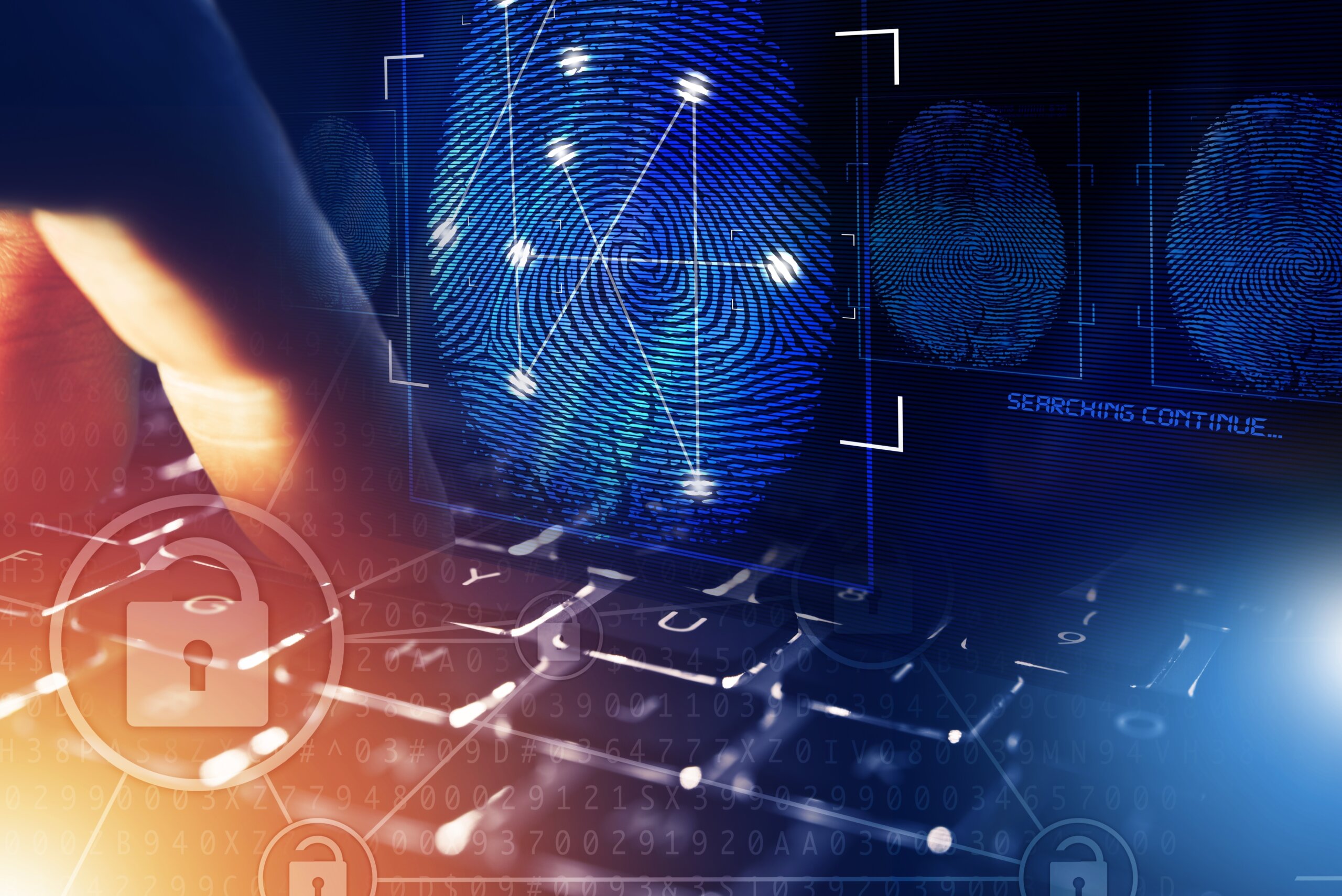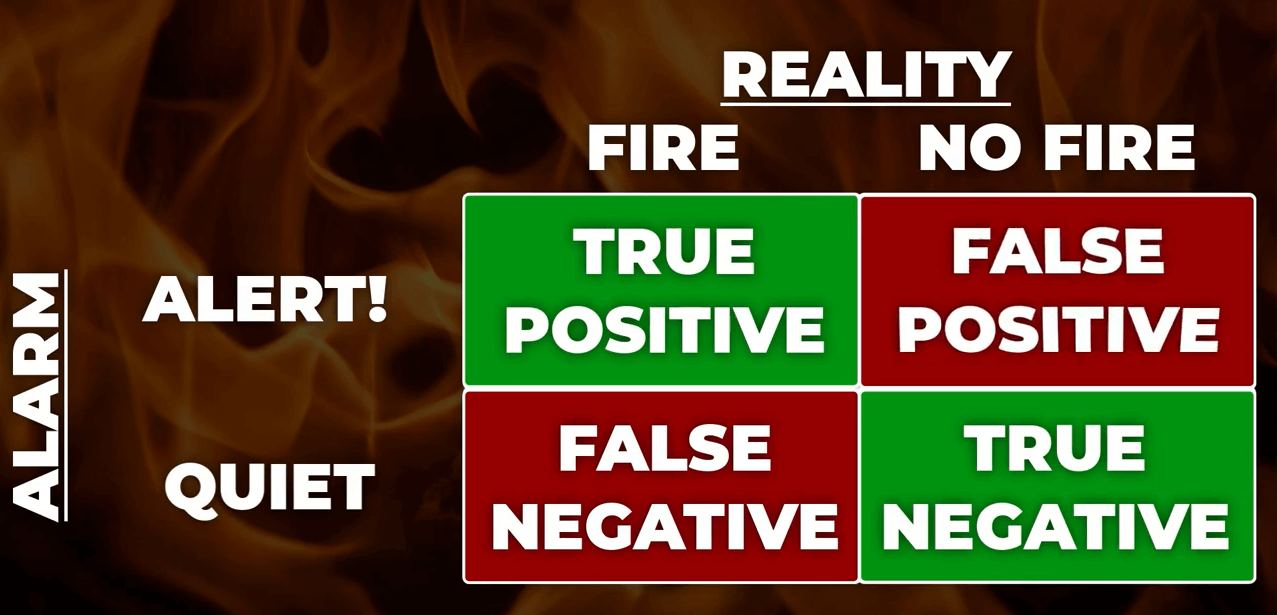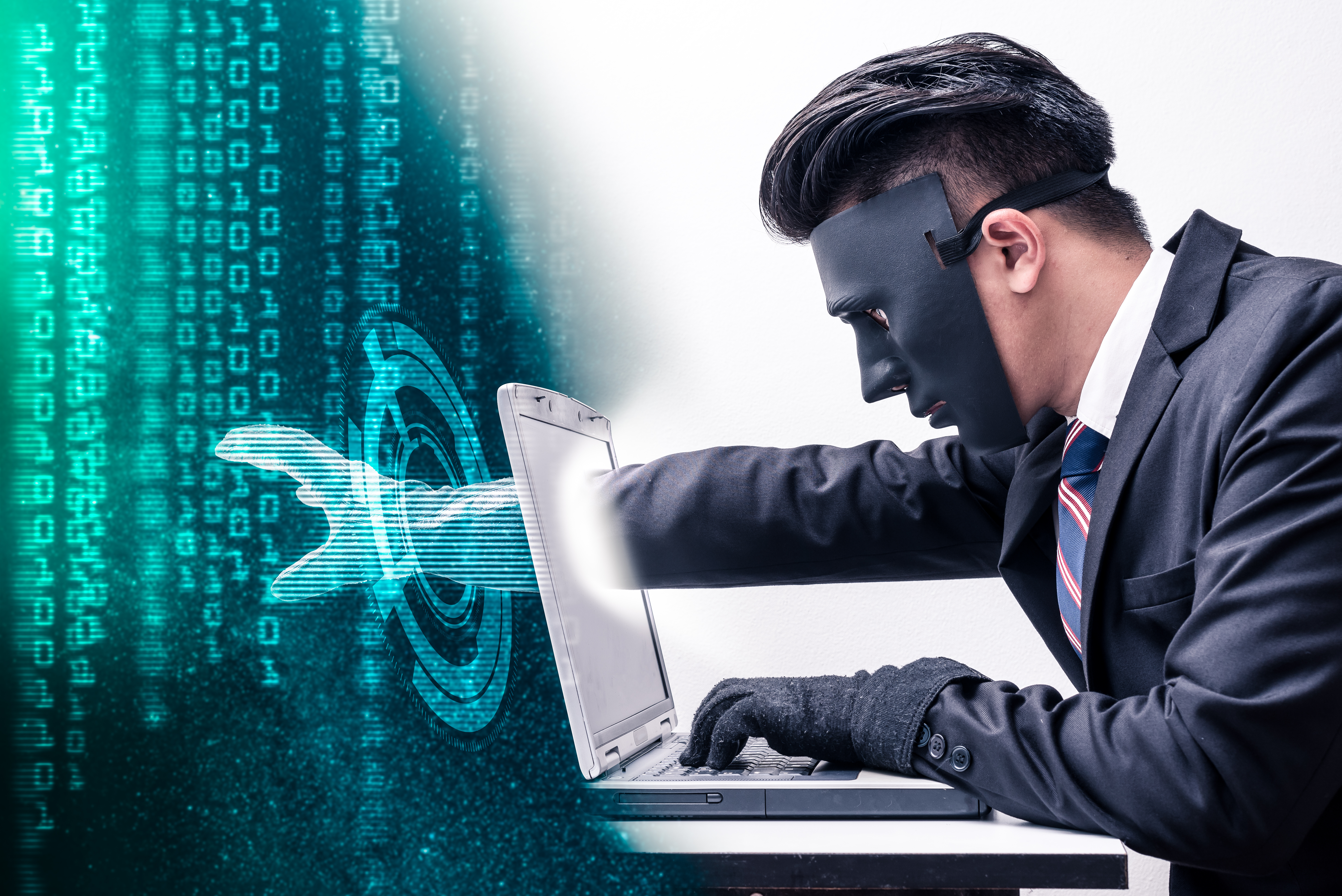What is Computer Forensics (Cyber Forensics) in Cyber Security?
What is Computer Forensics?
Technological advances have increased the amount of privacy and security concerns in cyberspace. Throughout the past few decades, the role of computers and portable media devices, such as laptops, cellphones, and other devices, in criminal activity has increased significantly. As a result, these devices frequently contain crucial evidence such as user information, logs, location information, emails, images, audio, video recordings, etc., to identify the root cause of the cybercrime. Computer Forensics (Cyber Forensics) is a part of Digital Forensics that deals exclusively with computer systems and cyber threats. Cyber forensics aims to identify, preserve, recover, analyze, document, and present information about cyber threat activity forensically soundly in a court of law. Computer forensics aims to conduct a structured investigation and document evidence to determine what happened on a computer and who is responsible. Furthermore, it is also used in data recovery processes to gather data from a broken server, failed drive, a hard drive that has been formatted, or other situations where a system has unexpectedly shut down.
US-CERT, a division of Cyber Security & Infrastructure Agency (CISA), Government of US, in their publication named “Computer Forensics” stated, “We define computer forensics as the discipline that combines elements of law and computer science to collect and analyze data from computer systems, networks, wireless communications, and storage devices in a way that is admissible as evidence in a court of law.”
Why is Computer Forensics (Cyber Forensics) Important?
Digital evidence has become more significant in solving crimes and other legal issues as computers and other data-collecting devices are used in almost all aspects of daily life. Computer forensics is used in civil and criminal justice systems to ensure the integrity of digital evidence. Businesses often use a multilayered data management, data governance, and network security strategy to secure proprietary information. Having well-managed and safe data can help streamline the forensic process should that data ever come under investigation. Businesses also employ computer forensics to analyze system or network compromise information to identify and prosecute cyber attackers. Companies can also turn to forensic experts and processes to assist them with data recovery in natural or other disasters.
Cyber Security vs. Computer Forensics
Cybersecurity and computer forensics may sound similar but are quite different. At its core, cybersecurity focuses on prevention, while computer forensics is reactive. Rather than proactively keeping hackers out, computer forensics experts act once a hacker has gotten into a system.
Cybersecurity and computer forensics go hand in hand. The cybersecurity department will create security measures to protect data and information. Should these efforts fail, a computer forensics team will find out how the data breach occurred to recover it.
Phases of Computer Forensics Investigation
In most forensic investigations, investigators follow standard procedures, varying depending on the circumstance, the device being investigated, or the information investigators seek. The typical phases of computer forensic investigation are:
Identification
The first phase of the investigation involves identifying and gathering the evidence. Investigators identify the potential pieces of evidence and collect them for further investigation.
Preservation
After gathering the crucial evidence, the next important task is to isolate the evidence and safely preserve the evidence to avoid any tampering or destruction and be presentable during the presentation phase.
Recovery
Gathered evidence is not always easily assessable. Sometimes, the evidence must be processed and recovered to access the crucial data. This recovered data will be further analyzed to extract the incident’s root cause.
Analysis
This is the crucial phase of forensic investigation. The investigator analyzes the raw evidence using various tools to examine the computer memory, processes, registries, files, and folders to understand and determine what exactly happened to the compromised system, how did the compromise take place, identify the trail of events, and establish the indicators of compromise (IOCs).
Documentation
All the identified findings will be recorded and documented in this phase. This documentation can help recreate the crime and analyze the preserved evidence. Generally, investigators have a predefined forensic documentation template to document the findings and results.
Presentation
Presentation is the final phase of computer forensic investigation. In this phase, the investigators illustrate the evidence, analysis method, and empirical finding to the client, business management, stakeholders, or the court of law, depending on the scope of the investigation.
NetSecurity ThreatResponder Forensics
NetSecurity ThreatResponder is an advanced cloud-native endpoint security solution with unconventional capabilities to provide 361° threat visibility of your enterprise assets regardless of their locations. It is also equipped with a multi-OS Forensics Module that helps incident response analysts and forensic investigators to perform critical forensic investigations on compromised assets. The Forensic Module can also be operated if the endpoint is offline.
 ThreatResponder’s Forensics can gather various artifacts and validate them using the threat intelligence feeds to determine the integrity of the artifacts. ThreatResponder’s Forensics can also scan by leveraging the Yara Rules, Regex patterns, or custom IOC to identify the malicious processes, registry keys, files, etc.
ThreatResponder’s Forensics can gather various artifacts and validate them using the threat intelligence feeds to determine the integrity of the artifacts. ThreatResponder’s Forensics can also scan by leveraging the Yara Rules, Regex patterns, or custom IOC to identify the malicious processes, registry keys, files, etc.

See NetSecurity ThreatResponder Forensics in Action.
Cyber security threats are rapidly increasing at a tremendous pace. It is challenging for cyber security analysts and incident responders to investigate and detect threats using conventional tools and techniques. NetSecurity ThreatResponder Forensics, with its diverse capabilities, can help your team investigate and detect the most advanced cyber threats, including zero-day attacks and ransomware attacks.


Disclaimer
The page’s content shall be deemed proprietary and privileged information of NETSECURITY CORPORATION. It shall be noted that NETSECURITY CORPORATION copyrights the contents of this page. Any violation/misuse/unauthorized use of this content “as is” or “modified” shall be considered illegal and subjected to articles and provisions that have been stipulated in the General Data Protection Regulation (GDPR) and Personal Data Protection Law (PDPL).










